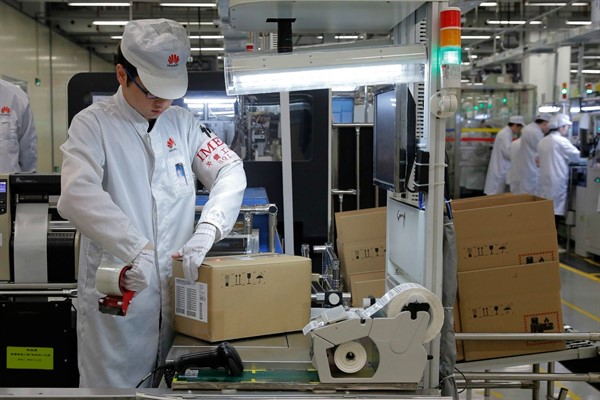Editor’s Note: Every Wednesday, WPR Newsletter and Engagement Editor Benjamin Wilhelm curates the week’s top news and expert analysis on China. Guest contributor Lavender Au wrote the lead story in China Note this week.
When the U.S. tightened restrictions on Huawei’s access to semiconductor chips last week, the Trump administration’s goal became clear, if it wasn’t already: kneecap the Chinese telecom giant’s technological advancement. Under a previous round of U.S. trade restrictions in May, Huawei was blocked from using American technology to make its own semiconductors, but the company found workarounds by obtaining chips designed by third parties. The latest round bars 38 Huawei affiliates from access to advanced U.S. technology without a special license. Even foreign companies will need licenses to sell chips to Huawei if their manufacturing processes contain U.S. software or technology.
Chips are becoming a crucial choke point in the escalating U.S.-China tech rivalry. Huawei announced that it will stop producing its own high-end Kirin 9000 smartphone chips after Sept. 15 because of the U.S. trade sanctions. It has also slowed 5G base-station installation to buy time to redesign products and remove American content from the equipment.

